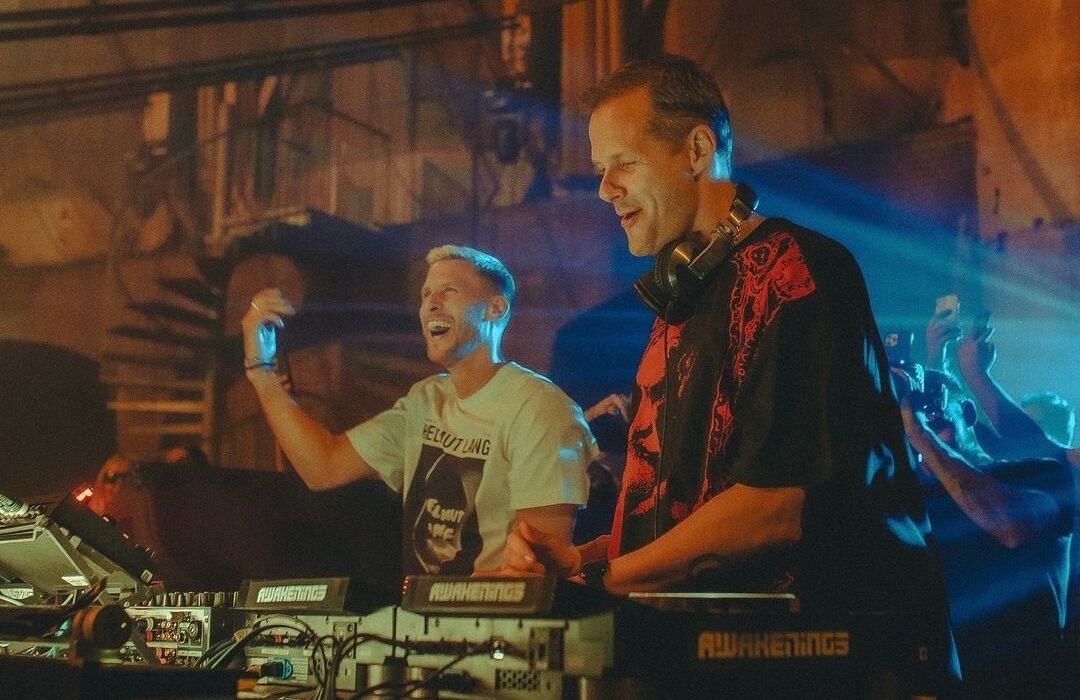The world of manga isn't afraid to tackle complicated real-life issues, and Makoto Yukimura, the author of Vinland Saga, penned a seinen manga series named Planetes to warn readers of the serious obstacles facing astronauts in the early 21st century. Space is polluted, and that's a real problem.
The story of Planetes features Hachirota Hoshino as he and his crewmates aboard the Toy Box work hard to clean up man-made debris orbiting the Earth. If they can't get the job done, the overwhelming amount of space junk will make future space travel downright impossible. This is an issue that real-life space agencies also face, including privatized ones.
The Problem of Kessler's Syndrome in Planetes
The story of Planetes takes place in future decades, when humankind has established colonies on the Moon and regularly sends rockets and advanced spacecraft into Earth's orbit and beyond. However, Kessler's Syndrome is a looming threat that only trash collectors like Hachirota can tackle. By now, Earth's orbit is absolutely littered with debris from previous space expeditions and disasters, such as discarded rocket boosters and pieces from wrecked satellites or shuttles. Even a tiny piece of debris can move fast enough to smash into a spacecraft and severely damage it, and collisions will create yet more debris, accelerating the problem. During the main events of Planetes, this problem, known as Kessler's Syndrome, is about to reach a tipping point.
Space cleanup crews work hard to collect the debris and thin out the junk field surrounding Earth, but Hachirota and his fellows are fighting a losing battle, and matters become even more complicated when space terrorists, who seek to protect outer space from human colonization and exploitation, commit highly destructive acts that may accelerate Kessler's Syndrome even further. The wealthiest nations of Earth have established a foothold in outer space, but at this rate, they will be the only ones, as the debris field is blocking other nations from sending their own spacecraft and crews to catch up and join the colonization effort. The first nations to explore space may carelessly make such ventures impossible in the second wave of colonial expansion into the solar system.
Solutions & Implications of Kessler's Syndrome
In works of fiction and in real life, many astronomers and engineers are familiar with the issue of Kessler's Syndrome, and they have proposed solutions to keep space clear enough for future missions. One solution is to use a high-powered laser "broom" and sweep it around, vaporizing all space junk in the area. The goal is to strike out space debris without blasting it apart, since blowing up space junk with an explosive device would only contribute to the problem. If enough material is ablated on one side of a piece of space junk, the item's orbit will change and it will re-enter Earth's atmosphere safely. A similar solution is to make sure that all expended rocket boosters and other items are steered back into Earth's atmosphere with specialized systems. Some theories involve sending a probe or spacecraft armed with magnets to collect nearby junk and return to Earth with it.
The issue of Kessler's Syndrome in space colonization plans echoes pollution on Earth, warning humanity that all progress comes at a cost, and that the side-effects of such progress can spiral out of control if ignored for too long. This can serve as a parallel to air pollution from factories and cars, accelerating climate change as a consequence of industrial manufacturing and vehicle fossil fuel use. New technology can be exciting, but if used recklessly and thoughtlessly, it can betray its user, and space exploration is already facing that issue.
NASA, JAXA and private space ventures such as Virgin Galactic and SpaceX all face the issue of Kessler's Syndrome, and if these agencies don't take responsibility for their actions, as Planetes warns, the "final frontier" will become permanently out of reach and its potential squandered. The technology to get into space exists, but human fallacy may become the real limiting factor. Perhaps humanity isn't yet ready to live in space after all -- at least, not until humanity learns to clean up after itself and respect natural environments of all kinds.
About The Author

